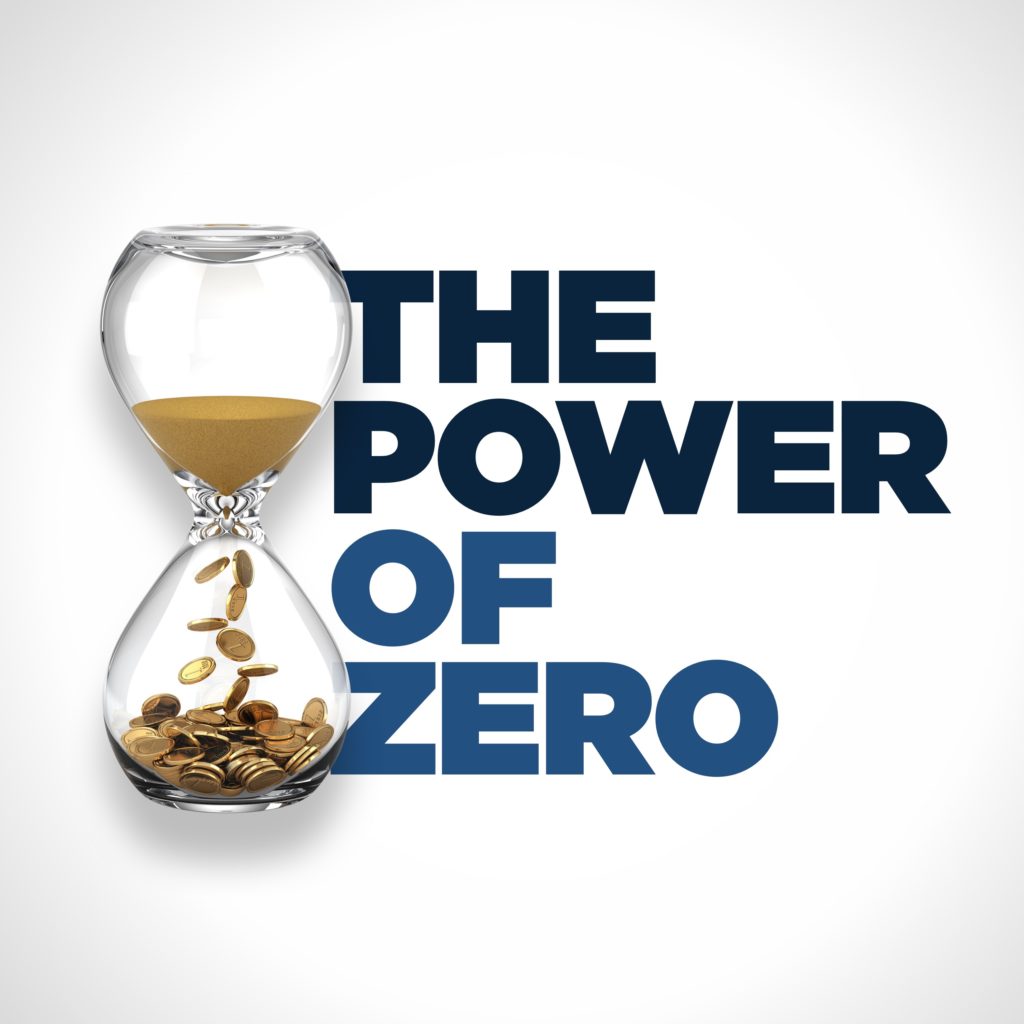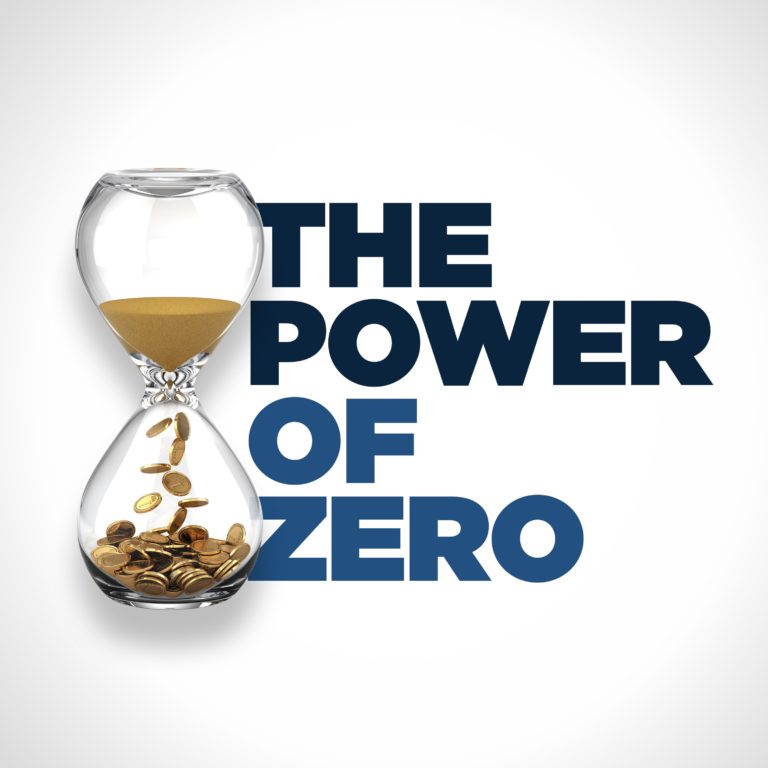With the recent release of the US Census we are getting a picture of the upcoming demographic time bomb facing the country.
The 2020 census revealed that there are 331 million US residents, which represents a 7.4% increase since 2010. This is significant since this period is the second slowest rate of growth we have experienced as a country since the Great Depression and roughly half the growth rate we experienced during the 90’s.
When you combine the lower birth rate and declining immigration with a rapidly aging population, it indicates that we are entering a period of substantially lower population growth. If it stays this low, it could mean the end of American exceptionalism in this regard.
The US population has always outpaced the growth of other developed countries but that’s no longer the case. This means that the US is losing one of its major competitive advantages.
The question is why we are experiencing low population growth? Fewer births and more deaths reflect a reality where more people are delaying child bearing and delaying marriage, as well as a rise in drug and endemic-related deaths.
The average age of Americans also continues to rise because of this trend.
The current birth rate of America is 1.7, which is below the threshold for the replacement rate of 2.1. Historically, the answer to this demographic quandary has been immigration, but we haven’t seen the immigration levels we’ve had in the past.
Fewer birth rates in Mexico and a generally improving economy means that the historical source of the majority of immigration is lower than usual.
The growth rate of our nation is as tepid as it’s ever been at any point in our history, and we are likely to see a slowdown of economic output as a result. We have more people above the age of 80 than we do below the age of 2. There will come a time when we sell more adult diapers than baby diapers.
With fewer people in the country producing fewer goods and services we will see a lower GDP over time.
Other countries are facing the same issues and have begun offering incentives to young people to encourage a higher birth rate.
From an economic perspective, we are going to have a hard time funding social safety nets and entitlement programs for citizens of the US.
Ideally, every generation is bigger than the previous generation. It should look like a pyramid with more younger people at the bottom but the current reality is an inverted pyramid.
With 78 million Baby Boomers, there are not enough younger people working to support Social Security, Medicare, and Medicaid. This means that we will need massive infusions of cash to pay for these programs.
The only real solution for retirees facing this sort of demographic time bomb is to save in tax-free vehicles. If you’re one of the 95% of Americans that have the majority of their money invested in tax-deferred vehicles, it’s time to take advantage of today’s historically low tax rates.
Given Joe Biden’s position on taxation, you probably have until 2030 to get most of the heavy lifting done.
2030 will be a perfect storm. Demographics, underfunded entitlement programs, and economic events will converge and could lead to a depression the likes of which we haven’t seen for 100 years.
We cannot ignore demographics because in many ways they describe what the future will look like.





